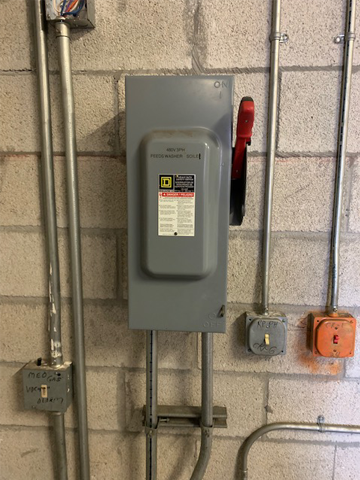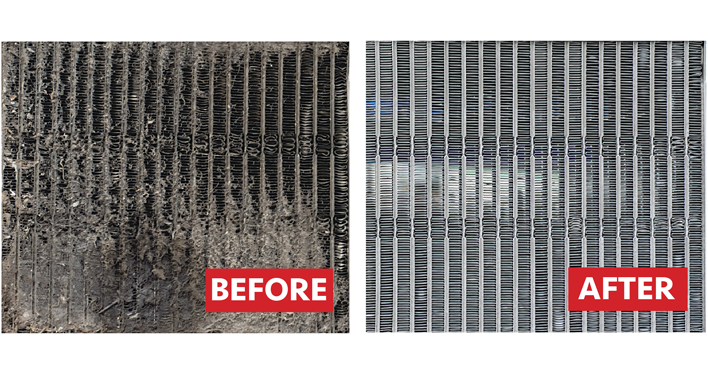Maintaining clean HVAC coils is essential for optimal system performance and extended coil longevity. A well-maintained coil can significantly improve energy efficiency and reduce repair costs over time. Dirty coils can increase energy consumption by up to 30%, which is why it's important to establish a regular cleaning schedule, especially when installing new equipment. Just like a trip to the dentist, coil cleaning might not be something you look forward to—but it’s definitely necessary. With the right tools and guidance, it doesn’t have to be a hassle. HOW DO I KNOW IF MY COILS ARE DIRTY? While a scheduled maintenance plan is the best way to keep your coils in top shape, there are a few signs that indicate it's time for a cleaning: HOW OFTEN SHOULD COILS BE CLEANED? In normal conditions, condenser and DX evaporator coils should be cleaned once a year. However, if your unit operates in a high-dust environment, near salt water, or in an area with corrosive elements, more frequent cleaning is recommended. HOW TO CLEAN A COIL: Before starting, always disconnect and lock out the electrical power to prevent accidental startup. Avoid getting motors or electrical components wet. Remove large debris and straighten any bent fins before proceeding. Use a pressure washer with a nozzle between 25–40 degrees to clean the coil without damaging the delicate aluminum fins. Apply a non-acidic, alkaline-based cleaner like Nu-Brite for condensers or Evap Pow’r-C for evaporators. These cleaners help lift dirt from deep within the coil structure. If you must use an acidic cleaner, follow the instructions carefully and ensure all residue is completely rinsed away. Improper use can damage the coil. For gentle scrubbing, use only a soft-bristled brush, and rinse thoroughly with a power washer or hose after cleaning. USE STEAM TO REDUCE MESS For interior coils, using a steam cleaner is an excellent option. It helps remove grime without leaving excess water behind, making it ideal for sensitive areas. Be sure to apply steam at low pressure and keep the stream parallel to the fins to avoid damage. A LITTLE MAINTENANCE GOES A LONG WAY Properly maintained commercial HVAC coils can last many years. Condenser coils typically last 10–15 years, while DX evaporator coils can last 15–20 years. Water coils often last even longer. Choosing a quality replacement coil can provide similar or even better durability than OEM parts. Keep in mind that environmental factors—like proximity to saltwater, dust, or chemicals—can impact the lifespan of your coils. Regular maintenance is key to maximizing their service life. WHAT IF MY COIL IS COATED? Coated coils offer extra protection against corrosion but still require regular cleaning. The coating itself can become clogged with dirt, so cleaning should be done just as frequently as with uncoated coils. This ensures the coating continues to perform effectively over time. Have questions or need a coil quote? Feel free to reach out anytime—we're here to help! Injector Pressure Regulator Valve Injector Pressure Regulator Valve,F81Z9C968AA,1841086C91 Wenzhou Zhongking Parts Co.,ltd , https://www.oemvvt.comHow to Clean Commercial HVAC Coils


Written by: Stephen Barzelatto
Vice President of Nationwide Coils
How to Clean Commercial HVAC Coils